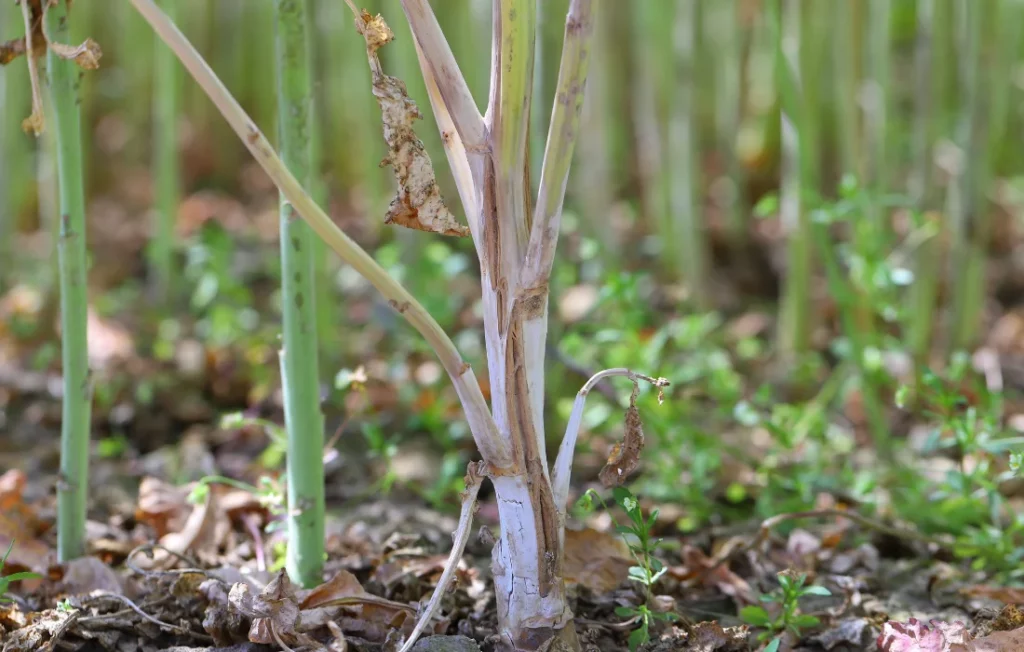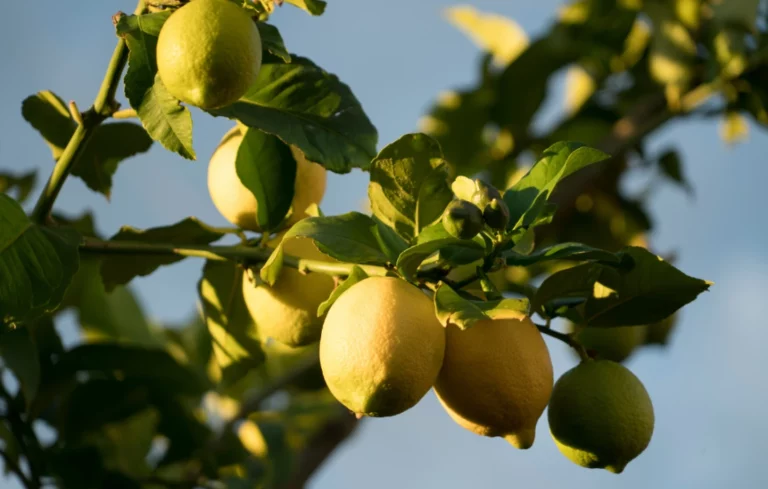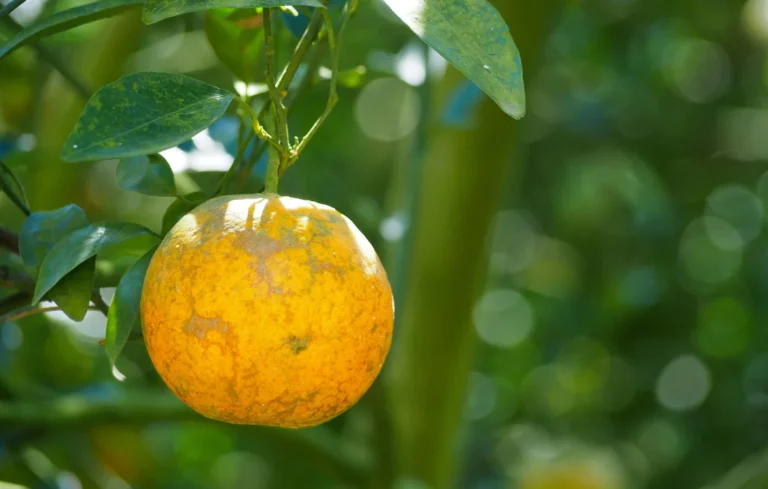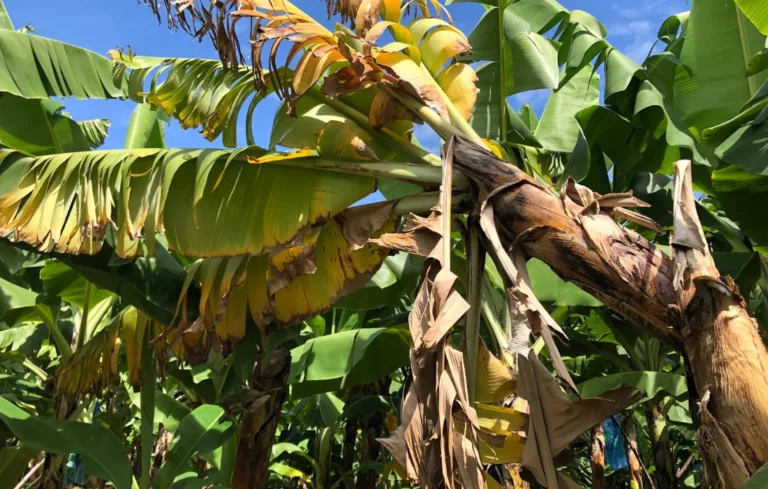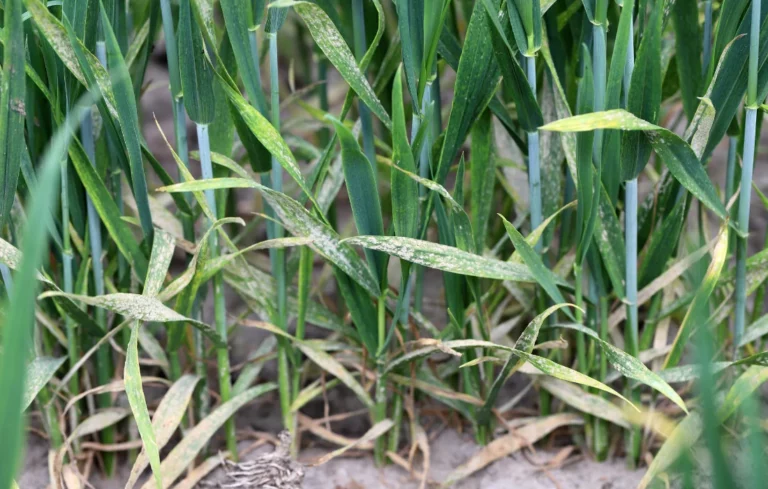Rapeseed is not immune to fungal diseases that threaten consistent yields. Among these, sclerotinia regularly causes significant losses, particularly in high-pressure plots. Let’s find out how to identify the damage caused by this disease and what measures to take to combat it effectively.
Sclerotinia of rapeseed, a fungal disease caused by Sclerotinia sclerotiorum
Present in the majority of production areas, sclerotinia remains the most worrying fungal disease of rapeseed after phoma. While advances in varietal selection have made it possible to better control the latter, sclerotinia does not yet benefit from robust genetic solutions.
This disease is also called white rot of rapeseed. It is caused by Sclerotinia sclerotiorum. It mainly affects rapeseed crops, but also sunflowers, tomatoes, and potatoes, which increases the risks in poorly diversified rotation systems.
The disease generally appears from flowering , a particularly vulnerable period for the plant. The fungus takes advantage of a series of favorable conditions to establish itself: humidity, mild heat and decomposing petals on the leaves.
In the most serious situations, losses can exceed 30% , making health monitoring and preventive measures essential.
Disease development cycle
The sclerotinia life cycle relies on a remarkable survival capacity. Sclerotia—hard, black, seed-like structures—can remain dormant in the soil for 5 to 10 years .
As soon as spring humidity combines with temperatures above 5°C, these sclerotia give rise to apothecia, small beige discs that release millions of ascospores into the air. These spores, carried by the wind, settle on the petals of rapeseed in full bloom. By falling on the wet leaves, the contaminated petals become an entry point for the fungus. It penetrates the tissues, progresses towards the stem, and then interrupts the flow of sap.
At the end of the cycle, the new sclerotia formed in the diseased tissues fall back to the ground during harvesting , thus feeding the infectious reservoir for subsequent campaigns.
In some cases, these sclerotia can directly emit an active mycelium, capable of attacking the roots or the collar, without going through the aerial phase.
Factors favorable to development
- A flowering that coincides with a mild and humid spring
- High relative humidity promotes the adhesion of petals to leaves
- The presence of sclerotia in the soil, constituting an inoculum that is always active
- Dense plant cover limiting aeration of the plants
- A close succession of sensitive crops in the rotation
Do you need a natural solution against sclerotinia in rapeseed?
Symptoms of rapeseed sclerotinia
The first signs usually appear a few days after the start of flowering. The affected leaves become soft , translucent , and then become covered with a white, cottony mycelium . This mycelium runs along the petioles and then settles in the stem, causing whitish spots around the leaf insertion points.
These lesions interrupt the circulation of sap and cause scalding of the upper parts.
If moisture persists, sclerotia form , visible both on the outside and inside of split stems. Infected pods dry out prematurely, become whitish, and may also contain sclerotia, reducing the quality of the crop.
More rarely, we observe contamination at the collar, coming from mycelium emitted directly from the sclerotia present at depth.
What agronomic measures can be taken against sclerotinia in rapeseed?
The fight against sclerotinia relies primarily on sound agronomic practices. Extending rotations and avoiding successive crop rotations is a fundamental lever. It is recommended to space out the planting of rapeseed, sunflower, peas, soybeans, field beans, and alfalfa as much as possible in the same plot to reduce the density of sclerotia in the soil.
Controlling sowing density is also crucial: overly closed vegetation retains more moisture, which helps maintain the petals and therefore contamination.
Agrobiotop solutions against sclerotinia in rapeseed
Improvement (decompaction, aeration) and restoration of soils.
To combat sclerotinia in rapeseed:
1 liter CHITOPROTECT + 1Kg BENTOBIO /100 liters of water/hectare
Biostimulant
It is the first line of defense against diseases and pests, rich in trace elements, amino acids and vitamins, and strengthens crops.
- YAKADOP : dosage of 5 to 10 liters / 100 liters of water / hectare
Do not hesitate to contact us for more information.
Photo : Shutterstock

